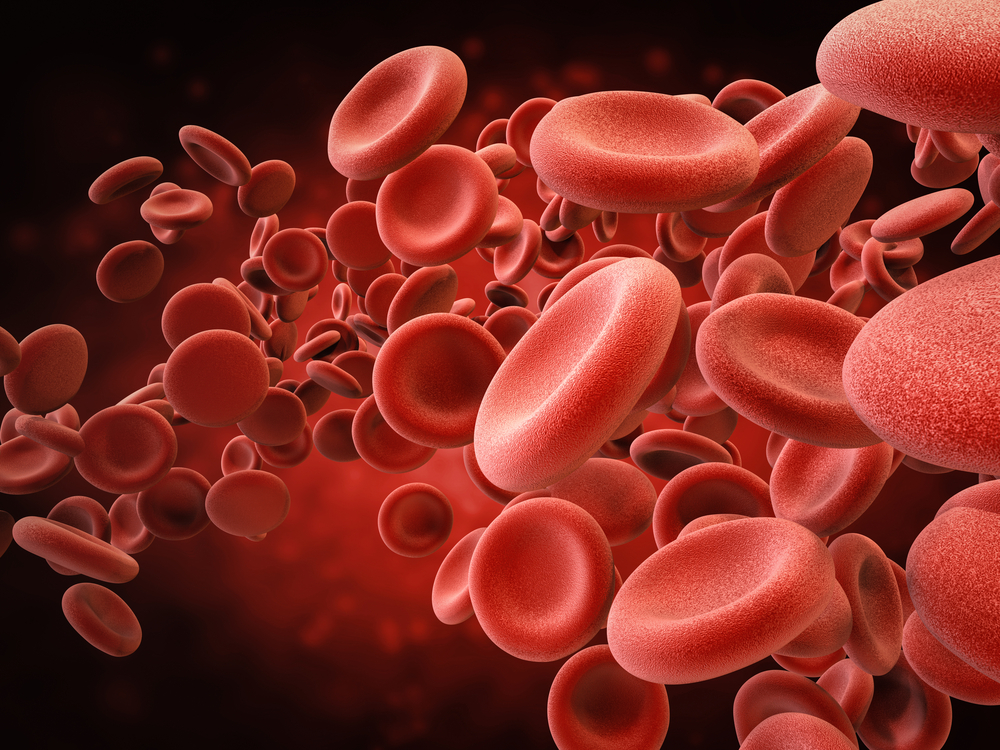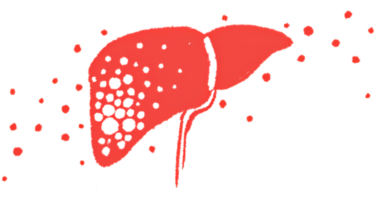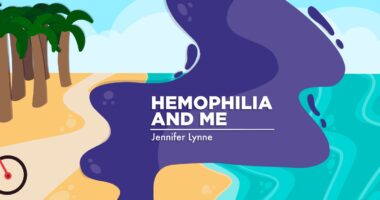My Long and Challenging Journey to Diagnosis

Phonlamai Photo/Shutterstock
Getting diagnosed with a bleeding disorder can be difficult. I am somewhat fortunate. At age 10 in 1975, I was diagnosed with multiple bleeding disorders. But that doesn’t mean I didn’t have bumps and challenges along the way. Testing, treatment, and classification of bleeding disorders have changed dramatically since 1975, and my own diagnosis and treatment have changed several times.
Childhood testing and diagnoses
At age 10, surgery to remove my tonsils caused life-threatening hemorrhaging. My pediatrician referred me to a hematologist specializing in bleeding disorders — a remarkable catch. Girls were not “supposed” to be bleeders.
Tests suggested clotting factor deficiencies and a platelet problem. I recall my mom explaining, “Your deep blood doesn’t clot the way it should.” I had no idea what she meant. My mom was in denial, as bleeding disorders didn’t run in my family. We had no idea what to expect. At the time, there was no Google or Facebook groups where we could ask questions.
From 1975 to 1984, my treatment included fresh frozen plasma, cryoprecipitate, and platelets. During that time, I had several teeth pulled and underwent two knee surgeries and a cyst removal, all of which were event-free. The treatment worked.
The incredible Dr. G
Despite the successful treatment, I still didn’t completely understand my bleeding disorder diagnoses. In 1984, I needed my wisdom teeth pulled, but this oral surgeon wouldn’t touch me until I confirmed which conditions I had. Unfortunately, my childhood records had been lost, my first hematologist had passed away, and my parents couldn’t remember which factors were low, or what the problem with my platelets was.
I decided to visit a hematologist to figure out my exact diagnoses. Dr. G was just beginning her career in hematology at the children’s hospital in Milwaukee, where she saw both children and adults. She was kind and compassionate, and told me she would start from scratch.
Tests that had been unavailable in 1975 confirmed I had von Willebrand disease (VWD) type 1, a mild bleeding disorder in which the blood does not clot properly.
With VWD, a protein in the blood known as von Willebrand factor (VWF) exists at low levels, or doesn’t work the way it should. Sometimes this causes low factor VIII levels, too. Diagnosing VWD can be challenging, as VWF levels fluctuate. Some people need to be tested three or four times before they are diagnosed. The guidelines for diagnosis and treatment have also changed many times since 1975. They were just updated again in 2021!
Mystery solved, we thought. Following my VWD diagnosis, my new treatment plan included Stimate (desmopressin acetate nasal spray) and DDAVP (desmopressin).
However, I soon realized that things didn’t seem right. I didn’t remember VWD being one of the problems when I was diagnosed with clotting factor deficiencies as a child. My new treatment plan was very different from my childhood treatment plan, though chronically low iron and anemia proved my bleeding had never been well-controlled.
At this point, I thought my bleeding seemed worse than what most people with mild VWD experienced. Even though I was complying with Dr. G’s treatment plan, the bleeding persisted. I suffered a life-threatening bleed during a gynecological procedure in 1987, and an injection for a dental procedure caused a jaw joint bleed in 1988.
I expressed my concerns to Dr. G, and in 1989, she ordered more tests.
More tests lead to more answers
The additional tests revealed problems beyond VWD. My factor IX levels were low, which is indicative of hemophilia B, and my platelets didn’t clump together as they should. Dr. G also believed I had Ehlers-Danlos syndrome, a condition that makes my joints prone to dislocation and my bleeding more pronounced.
She said that having two or three bleeding disorders disrupts the coagulation pathway in a more impactful way than having just one does. Living with multiple conditions can also make treatment trickier. Additionally, I learned that guidelines about women and hemophilia continue to change. Women can, in fact, be bleeders, and may be affected by mild, moderate, or even severe hemophilia.
With my additional diagnoses, my treatment plan changed to include Humate-P (antihemophilic factor/von Willebrand factor complex [human]), Benefix (coagulation factor IX recombinant for injection), and platelets, if needed. The treatments were effective, and my plan has not changed since.
Dr. G became world-renowned for her work with VWD, hemophilia, and HIV/AIDS. She would call me whenever I was hospitalized with a bleed. I’ll never forget a surprised nurse saying, “Your doctor is on the phone.” Sadly, she passed away in 2018. I will never forget her.
The lessons from my journey? Keep copies of records for you and your child. Advocate for yourself and trust your gut. If something doesn’t seem right, it’s probably not. If treatment doesn’t work, don’t be afraid to question your diagnosis.
***
Note: Hemophilia News Today is strictly a news and information website about the disease. It does not provide medical advice, diagnosis, or treatment. This content is not intended to be a substitute for professional medical advice, diagnosis, or treatment. Always seek the advice of your physician or another qualified health provider with any questions you may have regarding a medical condition. Never disregard professional medical advice or delay in seeking it because of something you have read on this website. The opinions expressed in this column are not those of Hemophilia News Today or its parent company, Bionews, and are intended to spark discussion about issues pertaining to hemophilia.








Leave a comment
Fill in the required fields to post. Your email address will not be published.